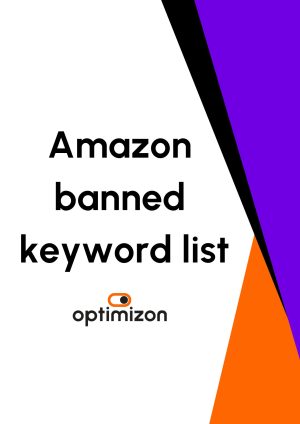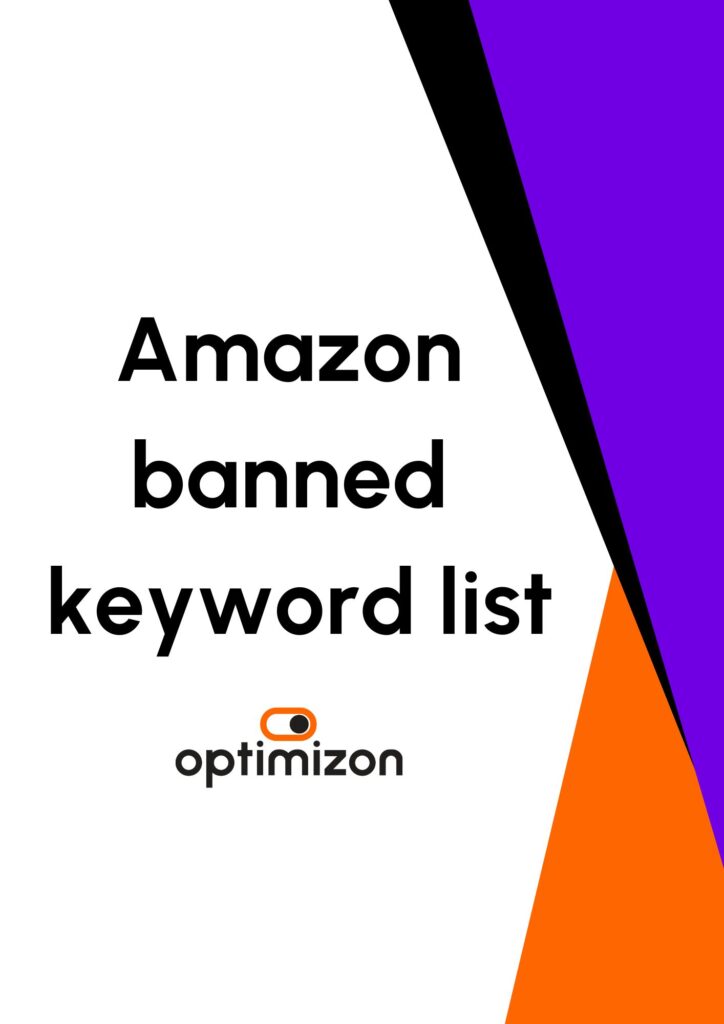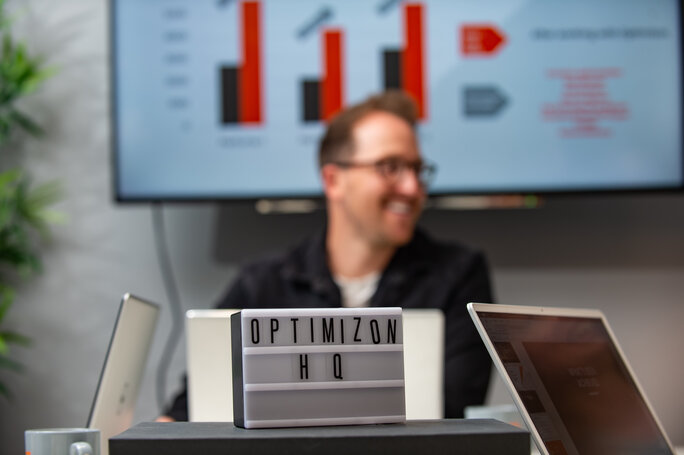Having a clear ROI strategy is key to successful selling on Amazon
Does your business know its real Amazon ROI (Return on Investment)?
It might seem like an obvious task, but checking your figures before you decide to sell, or decide to sell more, on Amazon, is essential. Many new sellers to the Amazon market place make the mistake of failing to consider all the costs of online trading. This can give them a false (and higher) than expected Amazon ROI. However, this is not only true for new sellers. Established brands can also struggle to get to grips with their true ROI.
Your ROI is important, and it’s more than just the difference between the price you paid for an item and what you sell it for on Amazon. You need to factor in all of the Amazon fees to obtain the true Amazon ROI.
Amazon Fees
Knowledge is power, and in this case, knowledge gives you the power to make sound commercial decisions. When calculating your Amazon ROI, you must include:
- Seller Account Fee: Every month, you need to pay Amazon a fee for your seller’s account.
- Referral Fee: Amazon charges a fee on every sale, whatever your category, which is a percentage of the product’s price.
- FBA (Fulfilment by Amazon): FBA makes life easier as a seller (and Amazon may be able to fulfil at a lower cost). But remember, it isn’t free – and there are many different costs at differing rates, depending on which services you require.
- Variable Closing Fee: The charge on shipping items, which is taken off the grand total of the sale.
For example, you’ve bought an item for £10 and sell it on Amazon for £18 via Fulfilment by Amazon (FBA). It would be easy to think that the profit is £8 per unit. But after fees (see listed above), your ROI is more likely to be around £3. This is still a solid return, but not what you may have calculated originally, if you’ve failed to factor in all of the Amazon fees.
Calculating your Amazon fees
Amazon fees change fairly often, so we won’t list them here. However, you can see the latest Amazon selling fees here. These include costs for:
- Selling Plans
- Referral Fees
- Fulfilment Costs
- Other Fees
There is also a handy costs calculator, so you can estimate how much it is going to cost you to sell your product on Amazon.
The 3x Rule
To save time, and hassle with complicated figures, many new Amazon sellers use what’s called the “3x rule” or “3 times rule”. The idea of this strategy is to create a 100% ROI.
For example, you buy an item for say £3 and sell it on Amazon for £9 (the sale price being three times your original cost). You paid £3 for the item, you roughly calculate to spend a a third of the profit on Amazon fees, leaving £3 in profit – creating a 100% return on investment, which is a sound result.
When you’re launching your Amazon business, this 3x Rule is good in theory but in practice it won’t work long-term because you won’t always be selling goods at 3x the cost price. Some sellers make good profits from selling at scale with low margins. Plus, you may be operating in different Amazon selling categories with different fees, and prices. That will of course impact your ROI, meaning you will need to adopt a more long-term ROI strategy.
A long-term ROI approach – flexibility is key
Realistically, to enjoy successful selling on Amazon you need to be flexible and accept that your ROI will go down as well as up. As time progresses, you will probably need to drop your ROI because there just won’t be enough items to buy at a lower price within the B2B (Business to Business) market to fulfil the growing orders of your expanding business. Of course, your ROI can increase again if you manage to find new items or stock that can generate a healthy ROI.
There are other variable elements to consider. Some of which will lower your ROI in the short term, but will increase them in the long term. One example is Amazon Advertising. Initially your ROI will be lowered, but if your campaign is effective, your increased sales, CTR and reviews will push your product up the organic search results.
Profit margin or the Return on Investment approach?
There are two different ways to monitor the success of your business. Profit Margins (PM) and Return on Investment (ROI). Both methods can be useful calculations to consider for the online Amazon seller.
Simply put, a PM is the difference between the cost of buying goods and the retail price that you sell for. On the other hand, ROI focuses on the return of your investment. For example you spend £1, sell for £4, but after all fees/costs are deducted your return is £1.20, giving you an ROI of 20%.
Looking at that example again, you can see that no Amazon fees are included in a PM calculation. As highlighted earlier, this approach can give you a misleading profit figure.
Whilst it’s good to be aware of both approaches, most business owners favour ROI for a wider overall view. Profit margins, though, can be helpful for a quick evaluation of what’s working well for your business and what needs tweaking.
You may have an item that cost 80p, you sell it for £2.50 (creating a healthy profit margin of £1.70). But, taking an ROI approach, you can see that the item hangs around in the warehouse for weeks – generating storage costs and what about the other Amazon fees? It might be wise to lower the PM and sell at £2.00, to increase the ROI.
Maximising your profits on the Amazon marketplace
Once your business is up and running on Amazon, or has increased sales on this platform, you need to look at your ROI and see if you’re happy. If your business is delivering a higher ROI than expected, could you invest more budget in Amazon advertising? Although the initial cost of this new spend may hit your ROI in the short-term, it should generate higher sales and boost your ROI in the future (if your campaigns are set up properly). The Amazon Flywheel tells us that the more we feed Amazon, the better results we can expect.
Alternatively, if you are disappointed with you ROI, you may need to reconsider your pricing strategy. Lowering prices to nudge out competitors, or opting for Amazon bundle selling or other flexible approaches. However, be aware of lowering prices to a point where you are unable to profit. Again, consult your ROI figures to make this decision.
Low cost strategy, low cost margin
It’s worth considering that many successful Amazon businesses make very low margins. On the face of it, it may not seem worthwhile. But at scale, it can be an effective profit generator.
Many of these businesses make the most of Amazon FBA, and have stock sent directly from manufacturer to Amazon warehouse. This means that, whilst they make a low margin, they never handle stock, don’t need to concern themselves with the hassle of packing, distribution or returns. In fact, some of these businesses are run out of bedrooms! Amazon costs may be higher, but their non-Amazon costs are much lower.
Let’s not get carried away though – Amazon is increasingly pushing towards dealing directly with Brands rather than resellers, driving the lowest possible prices for customers and rewarding the brands with higher sales. This means that low-margin reseller strategies may become less viable for businesses without brand control.
If you do control your brand, it’s worth bearing in mind that low-cost passive businesses are a possibility when selling on Amazon. In this model, businesses remove their own storage and distribution costs and rely on Amazon’s superior logistics. Whilst their margins are lower, so are their costs. ROI can sometimes come in at similar levels for passive operations.
Final thoughts on ROI
It’s easy to take your eye off the prize when there are so many factors for sellers to consider on Amazon. However, keeping track of your ROI is not just important. It’s essential. An easy way to monitor your accurate ROI is to do a monthly check-in with your sales and overall costs. Bear in mind, prices do fluctuate on Amazon, including costs for campaigns and keyword bidding. Therefore, looking at figures at the end of every month you can give you a clearer picture of how your business is really performing.
You should also track your performance, and ROI, over quarterly periods and even year-on-year. This wider overview will help you to see what’s selling, what strategies are working for you and help maximise your profit margins. As a result, you can stay on top of, and maximise, your ROI.
Optimizon uses a machine learning approach to accurately track and interpret pricing strategies. You should consider deploying software to accurately monitor your costs and sales.
Finally, don’t fall into the trap of thinking that higher Amazon costs are always a negative. If you are taking advantage of Amazon FBA, while it is costly, it may actually be cheaper than you delivering the same services yourself. Also, customers increasingly expect the next day rapid delivery service that Amazon offers. In fact, it’s one of the main reasons buyers choose a particular item on Amazon.
Get in touch
As always, if you require any assistance with your Amazon selling, please reach out to the Optimizon team. We are here to help.





